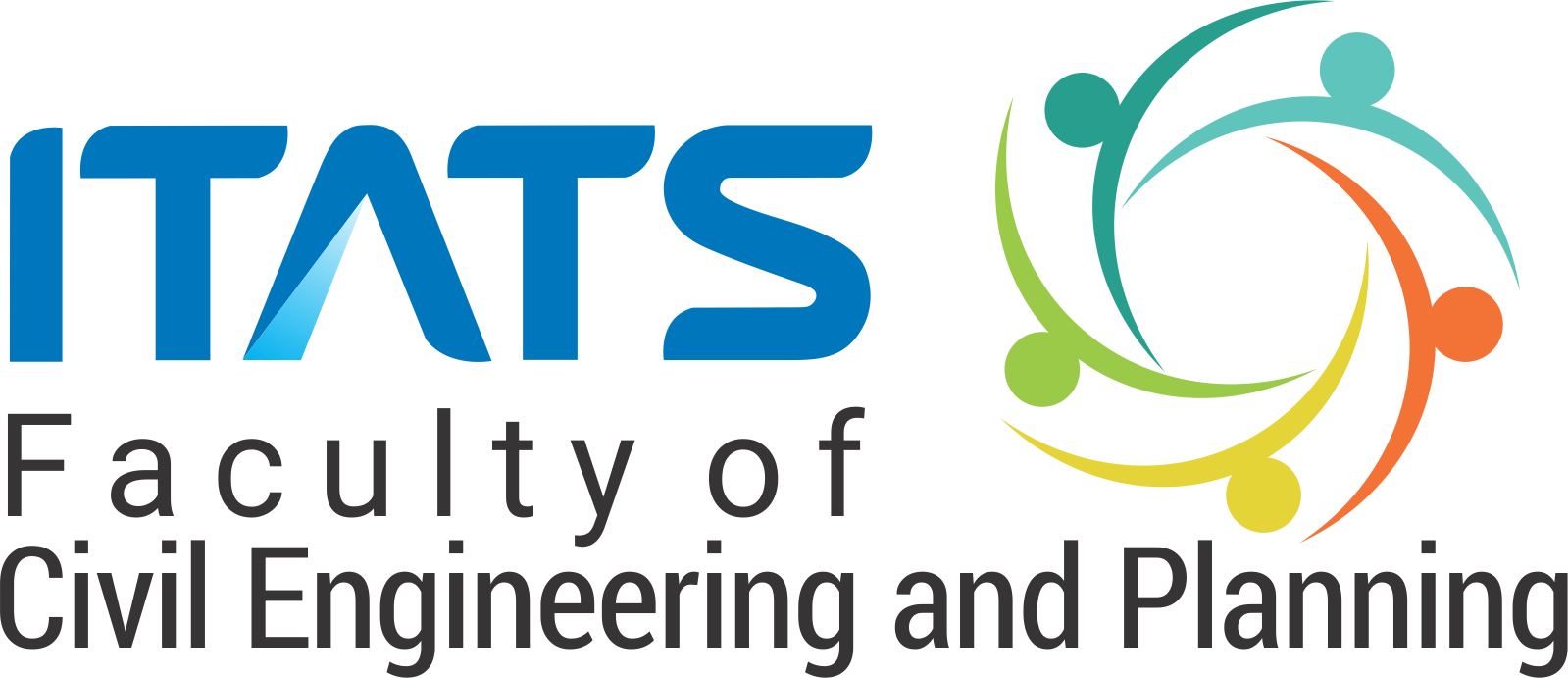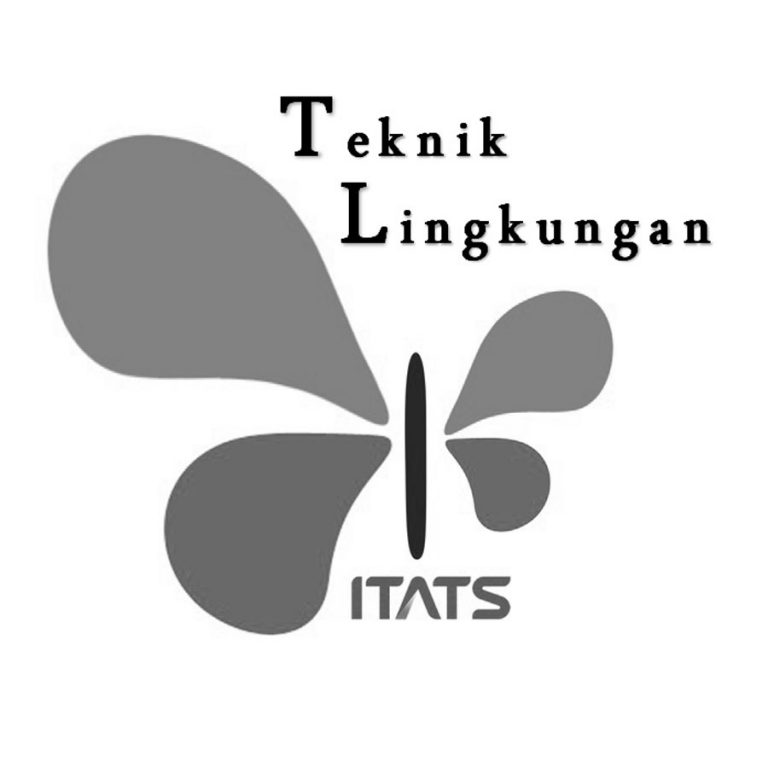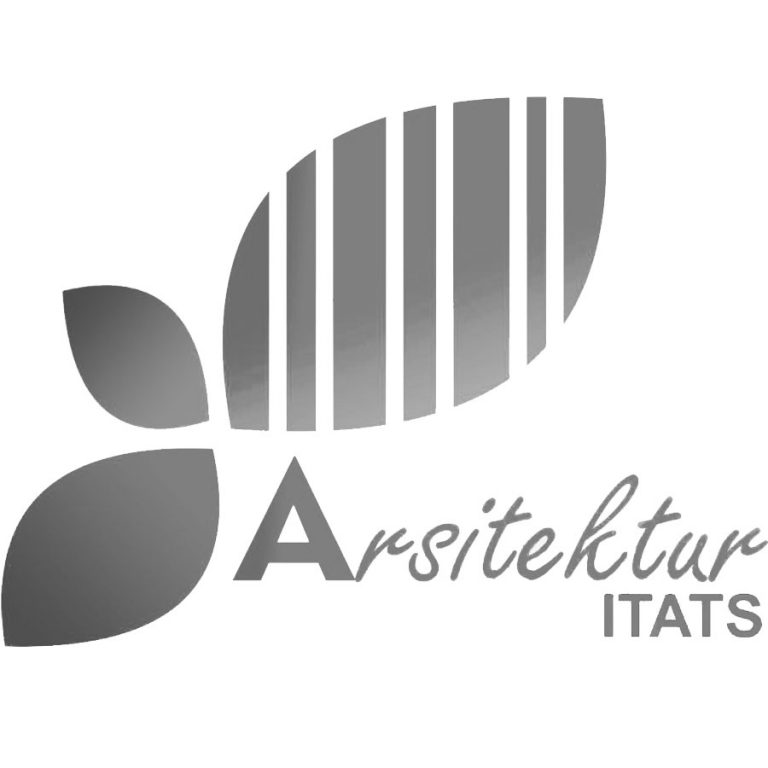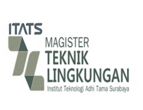Implementation of government regulation on Disposable Plastic Reduction at Surabaya
Abstract
Plastic has the advantage of being durable, cheap, and easy to get everywhere and we are increasingly dependent. And most of the plastics we use are single-use plastics, as a result, if they are not managed properly, they will become waste and have a negative impact on the environment. With the decomposition period which is too long, which is 100-500 years, this will be a problem if it is not managed properly, such as being burned which has a bad impact on health, or being disposed of carelessly in the end until it reaches the sea and will cause damage to the marine ecosystem. The issuance of Mayor Regulation No. 16 of 2022 which regulates the reduction of single-use plastic in the city of Surabaya is expected to maintain environmental sustainability and reduce the generation of waste entering the Final Processing Site. The purpose of this study is to know or analyze the extent of the implementation of Mayor Regulation No. 16 of 2022 regarding the reduction of single-use plastic in the city of Surabaya. The research method used is normative juridical, namely by analyzing problems based on applicable regulations and also the literature that discusses the problem. And the results of this study are that it can be stated that these regulations, namely regulations for reducing single-use plastics, can be obeyed and carried out well by several parties, namely from the community, business actors, modern shops, retail, restaurants, hotels, and supermarkets. And there needs to be socialization, and monitoring for the enforcement of this regulation so that it is carried out optimally.
Full Text:
PDFReferences
Y. K. Blolo, “Implementasi kebijakan pengurangan penggunaan kantong plastik di Kota Denpasar,” SOROT, vol. 16, no. 1, p. 13, Apr. 2021, doi: 10.31258/sorot.16.1.13-24.
J. R. Jambeck et al., “Plastic waste inputs from land into the ocean,” Science (80-. )., vol. 347, no. 6223, pp. 768–771, Feb. 2015, doi: 10.1126/science.1260352.
R. W. Aji, “STRATEGI PENGELOLAAN SAMPAH RUMAH TANGGA DI KABUPATEN CILACAP JAWA TENGAH,” AmaNU J. Manaj. dan Ekon., vol. 2, no. 2, Sep. 2019.
M. Ed, “THE EFFECT OF GOVERNMENT POLICY ON USING FEWER PLASTIC BAGS TOWARDS SOCIETY ’ S AWARENESS OF GOING GREEN,” 2016.
J. Sahil, J. Sahil, M. H. I. Al Muhdar, F. Rohman, and I. Syamsuri, “Sistem Pengelolaan dan Upaya Penanggulangan Sampah Di Kelurahan Dufa- Dufa Kota Ternate,” J. BIOEDUKASI, vol. 4, no. 2, pp. 2301–427, Oct. 2016, doi: 10.33387/bioedu.v4i2.160.
C. J. Moore and G. L. Lattin, “Quantity and type of plastic debris flowing from two urban rivers to coastal waters and beaches of Southern California *,” no. December 2015, 2016, doi: 10.5894/rgci194.
P. Pencemaran Sampah Plastik, G. Deyana Wahyudin, and A. Afriansyah, “Penanggulangan Pencemaran Sampah Plastik Di Laut Berdasarkan Hukum Internasional,” J. IUS Kaji. Huk. dan Keadilan, vol. 8, no. 3, pp. 529–550, Dec. 2020, doi: 10.29303/IUS.V8I3.773.
D. L. T. BEYNON, “Plastics Packaging,” Int. J. Dairy Technol., vol. 25, no. 1, pp. 9–17, 1972, doi: 10.1111/j.1471-0307.1972.tb01123.x.
U. N. E. Programme, “Single-Use Plastics: A Roadmap for Sustainability (rev. 2),” 2018.
A. Pertiwi, S. M. P. Kiky, B. Wiwik, P. Ratna, P. S. Budi, and R. Arya, “Preliminary Study on Plastic Waste Handling in Semarang City - Indonesia: Estimated Generation and Existing Management,” E3S Web Conf., vol. 73, p. 07008, Dec. 2018, doi: 10.1051/E3SCONF/20187307008.
“PERWALI 16 - 2022 | JDIH SBY.” .
A. Dwi, A. K. Penelitian, D. Pengembangan, and K. Pati, “PENERAPAN KANTONG PLASTIK BERBAYAR SEBAGAI UPAYA MEREDUKSI PENGGUNAAN KANTONG PLASTIK,” J. Litbang Media Inf. Penelitian, Pengemb. dan IPTEK, vol. 12, no. 1, pp. 32–40, Dec. 2016, doi: 10.33658/JL.V12I1.50.
L. Abarca, G. Maas, and W. Hogland, “Solid waste management challenges for cities in developing countries,” WASTE Manag., 2012, doi: 10.1016/j.wasman.2012.09.008.
I. S. Dewi, M. N. Kusuma, and T. Pramestyawati, “A function of Bioslurry Organic for Solid Fertilizer,” J. Appl. Sci. Manag. Eng. Technol., vol. 1, no. 1, pp. 29–32, 2021.
H. F. Fadilah, M. N. Kusuma, and R. D. Afrianisa, “Pemanfaatan bioslurry dari digester biogas menjadi pupuk organik cair,” Semin. Nas. Sains dan Teknol. Terap. VII 2019, pp. 513–518, 2019.
DOI: https://doi.org/10.31284/j.jcepd.2022.v1i2.3685
Refbacks
- There are currently no refbacks.
Journal of Civil Engineering, Planning and Design by FTSP-ITATS .
Based on a work at https://ejurnal.itats.ac.id/jcepd.

.png)

.png)








